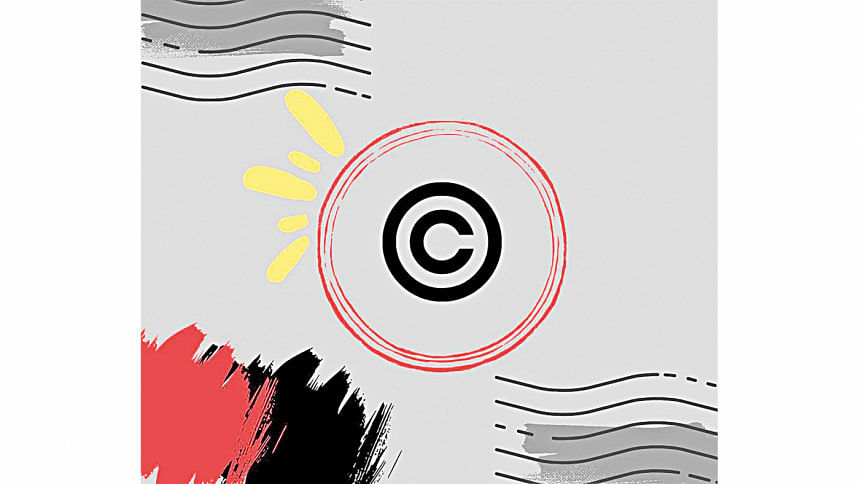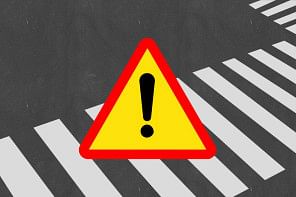Fair use of the copyrighted works in Bangladesh

The Copyright Act 2023 brought many significant changes replacing its predecessor- the Copyright Act 2000. One such significant change is the incorporation of the liberal version of the 'fair use' provision. This write-up examines the scopes and limitations of this incorporation.
In general, copyright involves exclusive rights for owners to copy, distribute, reproduce, perform, translate, and other actions related to their works. This entails restricting unauthorised use by others of such copyrighted works. Alongside protecting the proprietors' interests, copyright law also safeguards users' interests through mechanisms like 'fair use' or 'exception clauses,' as outlined in Article 9(2) of the Bern Convention for the Protection of Literary and Artistic Works 1886 and Article 13 of the TRIPS Agreement 1994, respectively. These provisions have established three-step tests for utilising copyrighted works without the owner's consent. Firstly, there must be certain special cases. Secondly, such use or reproduction does not conflict with the normal exploitation of the work. And finally, such use or reproduction does not unreasonably prejudice the legitimate interests of the author.
In respect of the first test, the term 'certain special cases', though not defined in Bern Convention, implies that the member countries of the union are free to include some special circumstances in their respective legislation. By this, the Convention restricted the use of 'exception clauses' within a certain list of exceptions only. Bangladesh had included a conventional list of exceptions in section 72 of the previous copyright law— the Copyright Act 2000. If any use went beyond the list, it would have counted as an infringement of copyright. This type of 'specific exceptions clauses' is analogous to the British model of 'fair dealing'. On the other hand, the United States v Elcom Ltd (2002) observed that the US model of 'fair use' requires case by case determination of the exceptions. The author believes that a closer scrutiny of sections 2(42) along with sections 70 and 73 of the Copyright Act 2023 indicates that Bangladesh has entered into a more flexible regime of 'fair use' from 'fair dealing'. It has omitted the previous conventional lists of exceptions. Therefore, now a creation or content of another can be copied for 'any purposes' subject to the fulfilment of the other two tests.
The second test essentially prohibits the cover-to-cover copying of the work. Rather, it permits copying a small portion of the work. What constitutes such small portion has been left to the member countries of those conventions. In the case of Cambridge University Press v Becker (2012) the US Supreme Court held that on an average, 10% of the whole work is within the permitted degree. Contrarily, in the Chancellor, Masters and Scholars of the University of Oxford v Rameshwari Photocopy Services (2016), popularly known as the Delhi University Photocopy Case, India took an extraordinary position that a whole work can be copied for the purpose of education.
Further, the third test prohibits the unreasonable commercial use of copyrighted works which prejudices the interests of the owner. Therefore, reasonable commercial use is permitted. Following this provision, section 2(42) of the Copyright Act 2023 includes the term- 'innocent commercial use'. No definition of 'innocent commercial use' has been provided in the Act. In the same Delhi University Photocopy case, the Indian Court justified the copying of a whole portion of the copyrighted work for profitable educational purposes. In the absence of the interpretation of 'innocent commercial use' in our domain, the interpretation given in the Delhi University Photocopy case may be well-suited for Bangladesh as well.
In conclusion, it is submitted that the Copyright Act has opened a floodgate for 'fair use' by omitting the conventional list of purposes while at the same time extending the purview of 'fair use' to 'innocent commercial use'. Hence, the concerned authority must be careful while considering the 'fair use' provision so that it is not misused.
The writer is an LLM candidate at the University of Dhaka.

 For all latest news, follow The Daily Star's Google News channel.
For all latest news, follow The Daily Star's Google News channel. 



Comments